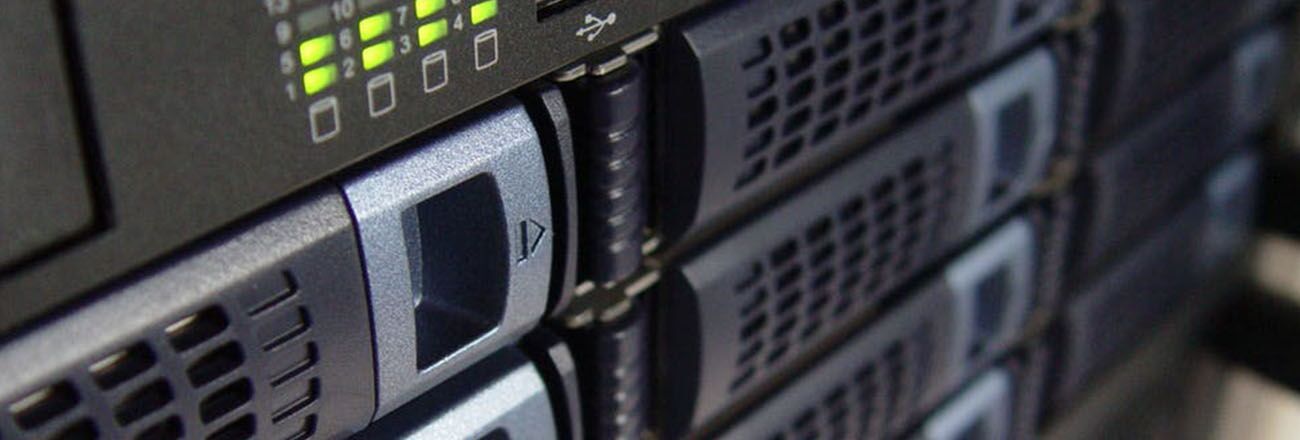
How to Safely Set Up Firewall Port Mapping
In our increasingly interconnected world, many devices and services require direct access from the internet to function properly. This is where firewall port mapping, also known as port forwarding, comes into play.
By strategically opening specific ports on your firewall, you can allow external traffic to reach designated devices within your network. Yet this practice demands a cautious approach to prevent unauthorized access and maintain network security.
In this guide, we’ll walk you through the steps for safely setting up port forwarding and share key considerations to help protect your network.

What is Firewall Port Mapping?
Firewall port mapping is the process of redirecting a communication request from one address and port number combination to another. It allows external devices to connect to services within a private network. This process is often necessary for services that require outside access, such as web servers, gaming, or remote desktop applications.
Why Firewall Port Mapping Matters
It is critical to maintain network security with properly configured firewall port mapping. Incorrect configurations can open your network to unauthorized access, exposing sensitive data to potential threats. By ensuring that only necessary ports are open and forwarding correctly, you’re able to minimize vulnerabilities.
How to Safely Set Up Port Forwarding Through a Firewall
1. Identify the Necessary Ports
Before configuring firewall port mapping, identify which services require port forwarding and the specific port numbers they use. Common ports include:
| HTTP | Port 80 |
| HTTPS | Port 443 |
| FTP | Port 21 |
| SSH | Port 22 |
Consult service documentation to confirm port requirements.
2. Access Your Firewall’s Configuration Interface
Log in to your firewall’s admin interface to begin configuring port forwarding. This typically involves accessing the router or firewall settings through a web browser. If you’re unsure how to do this, refer to the firewall’s user manual or manufacturer’s website for guidance.
3. Configure Port Forwarding Rules
Within the firewall’s configuration interface, locate the section for port forwarding or virtual servers. Here, you will:
- Specify the external port number (the port number on which the traffic will arrive).
- Set the internal IP address of the device to which the traffic should be forwarded.
- Define the internal port number on the destination device.
For example, if you’re setting up a web server, you might configure traffic arriving on port 80 to be forwarded to the internal IP address of your server, also using port 80.
4. Restrict Port Forwarding to Specific IPs
To enhance security, restrict port forwarding rules to specific external IP addresses whenever possible. This limits access to your network services, reducing the risk of unauthorized access. If your firewall supports IP whitelisting, utilize this feature to permit only trusted IPs.
5. Test and Monitor Your Configuration
After setting up firewall port mapping, test the configuration to ensure it’s working correctly. Use external tools to verify that the service is accessible through the specified port. Additionally, regularly monitor your network for any suspicious activity and adjust your firewall settings as necessary.
Best Practices for Firewall Port Mapping
- Use strong authentication: Ensure that any service accessible via port forwarding is secured with strong, unique passwords or other forms of authentication.
- Regularly update firmware: Keep your firewall and all connected devices updated with the latest security patches and firmware.
- Close unused ports: Routinely audit your network to identify and close any unused ports to minimize potential entry points for attackers.
- Implement network segmentation: Segment your network to isolate critical services from less secure areas, reducing the impact of potential breaches.
- Use a VPN for remote access: When possible, use a Virtual Private Network (VPN) to secure remote access to your network rather than relying solely on port forwarding.
How We Can Help
At HorizonIQ, we understand the importance of maintaining a secure network infrastructure. Our comprehensive security services, including our firewall solutions with advanced port mapping capabilities, ensure your business remains protected while enabling the connectivity you need. Whether you’re setting up a new service or optimizing an existing configuration, our experts are here to help you navigate the complexities of port forwarding and firewall management.
Related Resources:
- Secure Remote Access with Powerful VPN Solutions
- How to Implement Network Segmentation for Better Security
Safeguard Your Network with Proper Firewall Port Mapping
Effective firewall port mapping is crucial for any organization that requires external access to internal services. But configuring firewall settings correctly can be complex and time-consuming. That’s where we come in.
Our managed firewall solutions take the burden off your IT team, ensuring your firewall is configured optimally for security and performance. By partnering with HorizonIQ, you get expert configuration of your firewall settings, continuous monitoring for any signs of unauthorized activity, and proactive software updates with the latest security patches.
Don’t let firewall misconfigurations compromise your network security. Let HorizonIQ manage your firewall so you can focus on your core business. Explore our firewall solutions and discover how we can help protect your business from potential threats.



